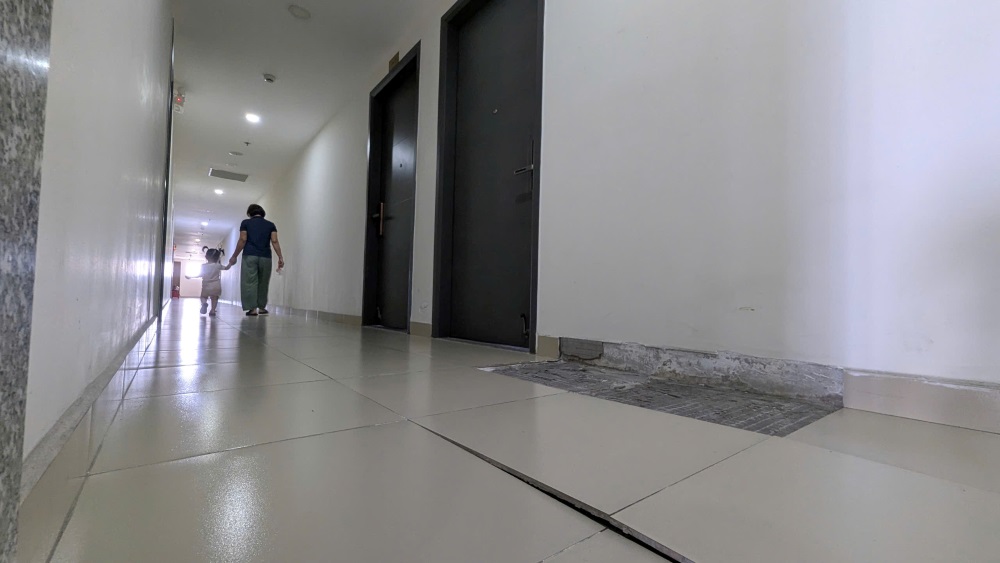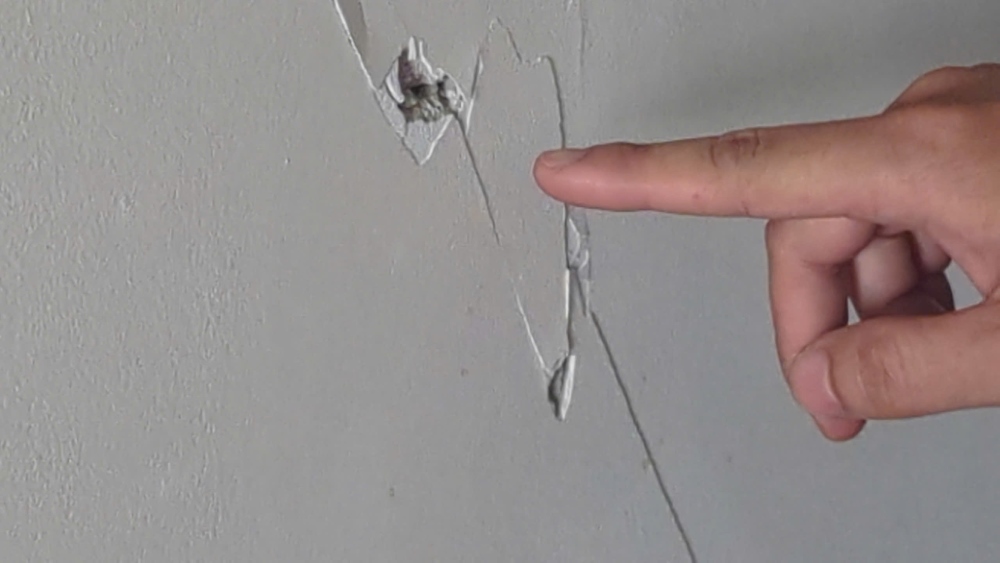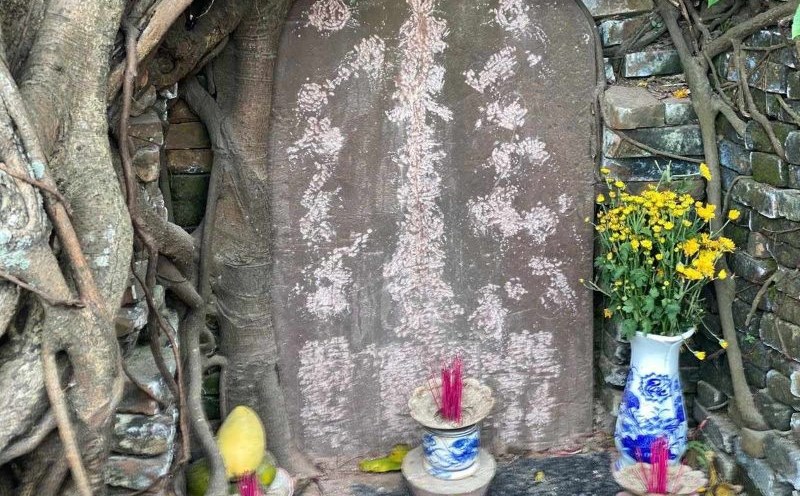The earthquake of more than 7 degrees richter that occurred in Myanmar on the afternoon of March 28 caused widespread shaking in Ho Chi Minh City, especially in high-rise buildings. At Diamond Riverside apartment building (District 8), many corridors have unpaved floor tiles and walls, some apartments have cracks.
This incident has raised concerns about the resilience of construction works in Vietnam to the risk of aftershocks and earthquakes. The question is, to ensure "safe against earthquakes", what standards need to be applied in building earthquake-proof houses?

Dr. Nguyen Tan Tien, mechanical and structural analysis expert from the University of Vietnam - Germany, said that Vietnam is currently applying TCVN 9386:2012 standard, built on the European Eurocode 8 platform. This standard classifies the earthquake level according to the acceleration of the ground, from strong to weak, and stipulates the corresponding anti-ts being required for each type of construction.
However, the implementation of this standard in construction practice is facing many challenges. Investment costs for earthquake-proofing works are often significantly higher, up to 30% of the total construction cost. This makes investors, especially in areas with little risk of earthquakes, need to consider carefully.
According to Dr. Tien, to build a "safe before earthquakes" project, it is necessary to focus on the following factors:
Geographical and geological location: Areas with weak soil and high acceleration required stronger anti-tsukism structures.
Scale and importance of works: Key works such as nuclear power plants and hydroelectric dams need to comply with stricter regulations.
Construction materials: Prioritize the use of materials that can absorb energy well such as steel, while reinforcing materials that are prone to cracking such as concrete.
structural design: The foundation and frame need to be designed flexibly, with the ability to reduce vibration.
load distribution: Limit the concentration of heavy objects at high levels, avoid resonating with earthquake waves.
Project life and weather conditions: Regularly inspect and maintain the project, especially after extreme weather events.

Dr. Tien said that Japan, a country that is often hit by earthquakes, has developed advanced construction techniques to minimize damage. High-rise buildings in Japan are often equipped with: a foundation isolation system to minimize the transfer of force from the ground to the building; a shock absorber system to reduce vibration using specialized materials and equipment; symmetrical structures to increase endurance in all directions, avoiding displacement when an earthquake occurs.
Dr. Tien recommends that people, especially those living in high-rise buildings, stay calm when there are landslides and earthquakes. Instead of rushing to move, seek a safe shelter, away from easily falling items.
"Constructing works that are capable of preventing earthquakes is a difficult problem. The problem is that the construction cost for works with anti-seismic and anti-semismic structures is very different. The project has an anti-sway structure that requires higher construction costs while the probability of earthquakes is quite low in areas with stable geology like Vietnam," said Dr. Tien.
However, in the context of climate change and the increasing risk of natural disasters, investing in "safe from earthquakes" projects is necessary to protect people's lives and property.











